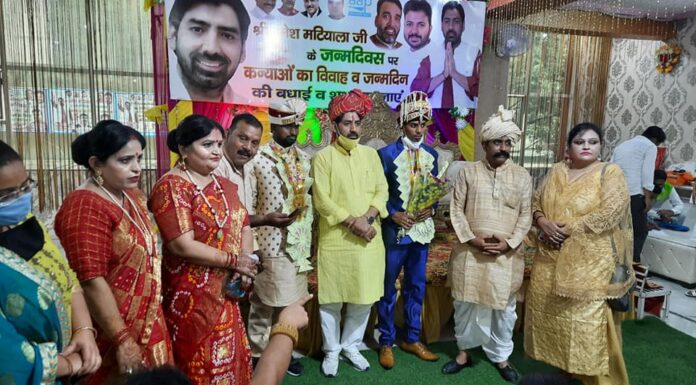Bullying as an issue is something that we’ve been disconnected from, for a long while. As far as college bullying goes, it has majorly become something that we’d see in a movie from the past decade where students would be forced to dance or sing. Apart from that, there is the odd newspaper article mentioning bullying in Universities. But is it really something that has been resolved?
Bullying as an offense has been taken seriously by various Indian universities and colleges across the country. It is strictly banned in almost all campuses and most colleges make students sign an anti-bullying agreement at the time of admission. Even in private universities, there are special orientations addressing the issue and establishing the importance of a safe and secure environment for students. However, reality differs significantly.
Bullying in colleges takes various forms and some of the main ones are by college authorities, political parties and then the students themselves. Not limiting the definition to simply physical violence, professors and higher authorities have used their institutional power innumerable times in agonizing the students both physically and mentally. While there are institutional provisions for resolution of such offenses, these do not necessarily come to action. Furthermore, while offenses such as physical and sexual assault are still reported and acted upon up to some minimal extent, what goes largely ignored and accepted is the mental bullying that professors put students through. In various colleges across India, students are put under immense mental pressure by professors for performing beyond their capabilities in academics and instead of being a positive motivational force; it often comes in the form of discouragement and abuse. Not just academically, colleges also enforce unfair and strict rules regarding dress code and conduct, and torment students with their authority in case of disobedience.
With the cases in Delhi University over the last few years, we also see a form of bullying perpetuated by Student political parties. These parties, supported and funded by the political parties, take their actions to an unjustifiable extent, using violence to perpetuate their ideologies. There is a suppression of free speech and free expression in academic spaces where the very idea of free thought is supposed to be advanced. Since these are supported by the petty political leaders, institutional mechanisms usually fall short in limiting their power and misconduct. Violence on college campuses, along with verbal abuse to the extent of threatening rape and murder, has become so common that it is no more recognized as bullying.
Lastly, the bullying carried about by students themselves, functions upon societal stereotypes. Although it is not always physical in nature, due to the various reforms in the system, it does significant harm. The bullying that occurs is often disguised and not blatant, taking the form of rejection and refusal of opportunities, participation in social events and activities and general behaviour of making students feel inadequate and undesirable.



























